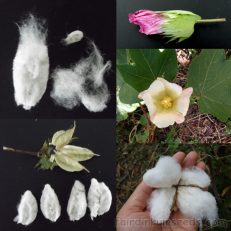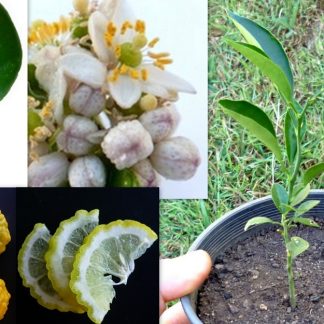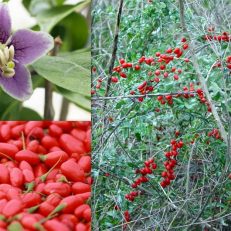Please read text!
Pink Fruited Lime Berry Glycosmis Trifoliata Seeds
Packet of 10+ freshly harvested seeds!
As these guys fruit all year round what I will do is walk outside and pick the fruit, eat the tasty little buggers, and then send you the cleaned and packaged seeds. Can’t really get fresher than that hey!
They need to be washed and planted immediately upon arrival.
They can not be dried out or the kernel dies, like with a lot of rarer tropical species.
Unfortunately I can’t 100% guarantee to have these guys on hand when you buy, but if the birds have beaten me, I will refund you in full immediately, and notify you when I have them again.
Glycosmis Trifoliata seems to be the most consistent name for these guy’s, but I have also seen them called Glycosmis citrifolia, Glycomis cochinchnesis, Glycosmis angularis, Glycosmis greenie, Glycosmis chinois, Glycosmis pentaphylla, Limonia pentaphylla, Murraya cerasiformis, Murraya exotica, Murraya lobata, Sclerostylis trifoliata, Orangeberry, Limeberry, Rum Berry, Gin Berry, Ash sheora, Pink berry, Honey berry, Honey Fruit and Toothbrush tree. The reason for the is name is in parts of India, Bengal and Pakistan the twigs are sometimes used as toothbrushes, and the chewed stems are said to strengthen teeth.
I originally got it from the local markets, but have found the germination to be really good with these guys, ~80% success after a month or so in pots, normal potting mix, about 1-2cm deep. They fruit consistently in 2-3years I am told, but time will tell.
*EDIT* Super fast to fruit, some even late in the first year, but the rest year 2 or 3 at the very latest.
It is a native bush tucker plant that is found naturally from Townsville Queeenlsand, right up to the Cape, all the way over to NT and WA. That said, as long as you protect it from heavy frosts it will survive just about anywhere.
It’s also a native to SE Asia, and is common in China, Korea, and all throughout the tropics really.
After eating them you can see why! The texture is exactly like a lychee or rambutan except less fibrous, and the flavour is like 3parts peach, 1part orange marmalade, and 2 parts honey all mixed up together into a sweet juicy sticky awesomeness!
They dry really well just like sultanas or glace cherries, and the seed is a free stone and just pops out clean as. I am told they make a great wine or hooch, and the leaves dried and powdered are used as a starter to help with fermentation of rice wine in several places in Asia. Kiutsu or Kiu tsee is the name of the drink they make and the recipe is basically rice and soybeans made into a paste and dried into cakes, and then sprinkled with a heap of the dried leaf to promote fermentation with the correct yeasts. The oils in the leaves act as a preservative and mild antibiotic and antifungal sort of thing from what I gather.
The dried cakes are then stored and later used the same as we would use a traditional mash or beer wort. So I’m told anyway, haven’t tried it myself yet, but it’s on the list!
The fruit look exactly like a lime or citrus when tiny, but they soon take on a white, then glossy, translucent, and finally vivid pink colour, and being a relative of common citrus the leaves, flowers and foliage smell like a mild scented lemon tree. No nasty thorns either, which is very very cool, and the native bees love them.
It’s a pretty awesome tree and I reckon one well worth having!
Freshly harvested to order seeds, no chemicals, no nasties, no problems!!!




